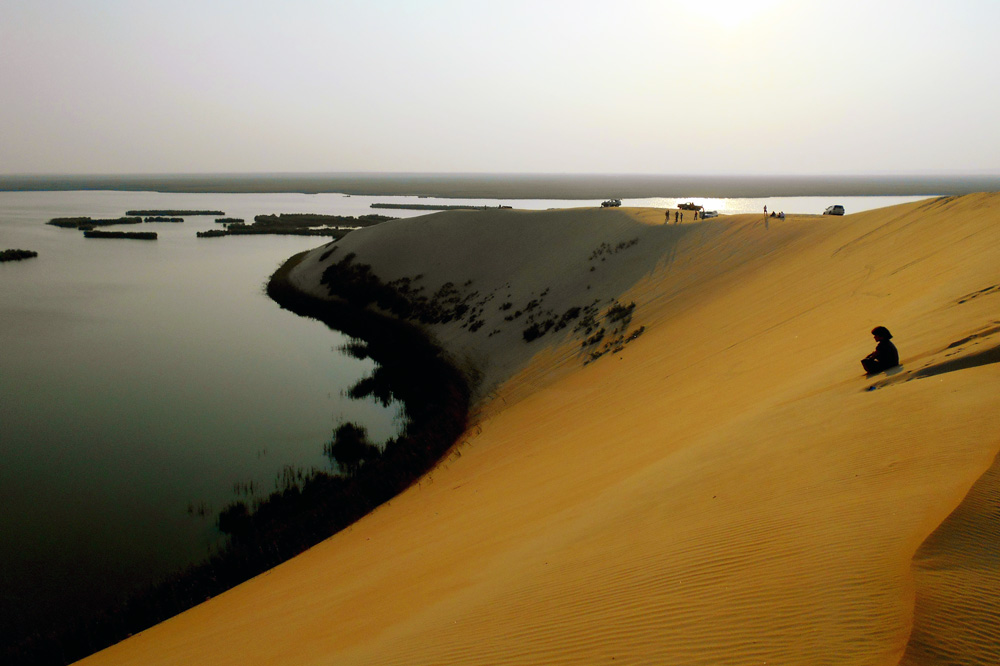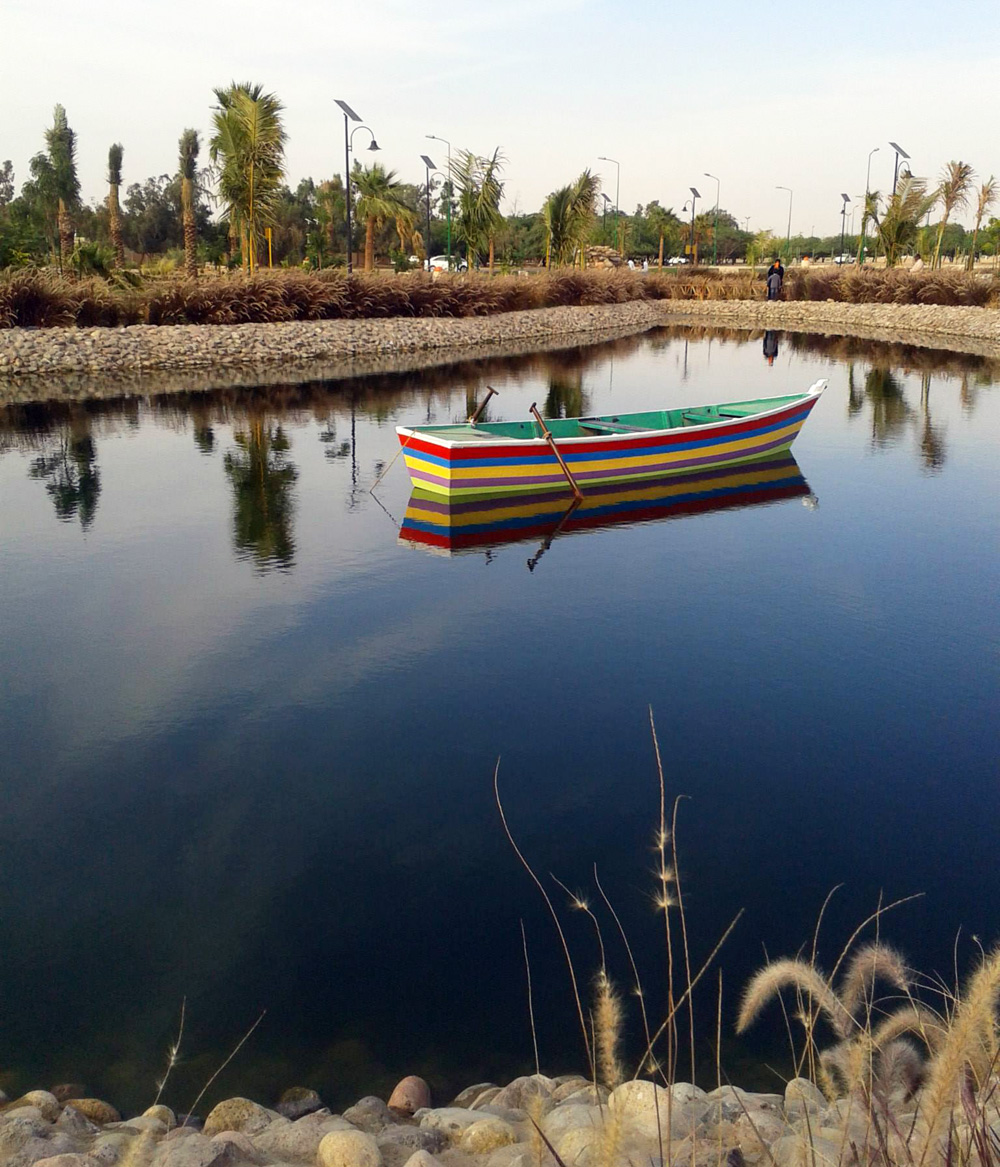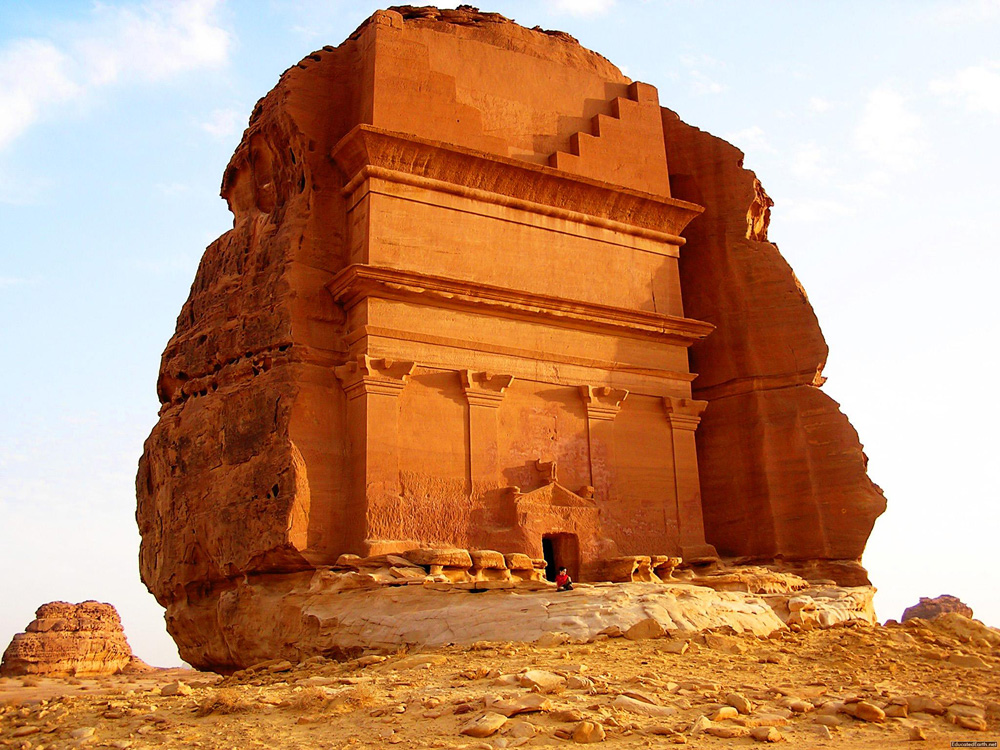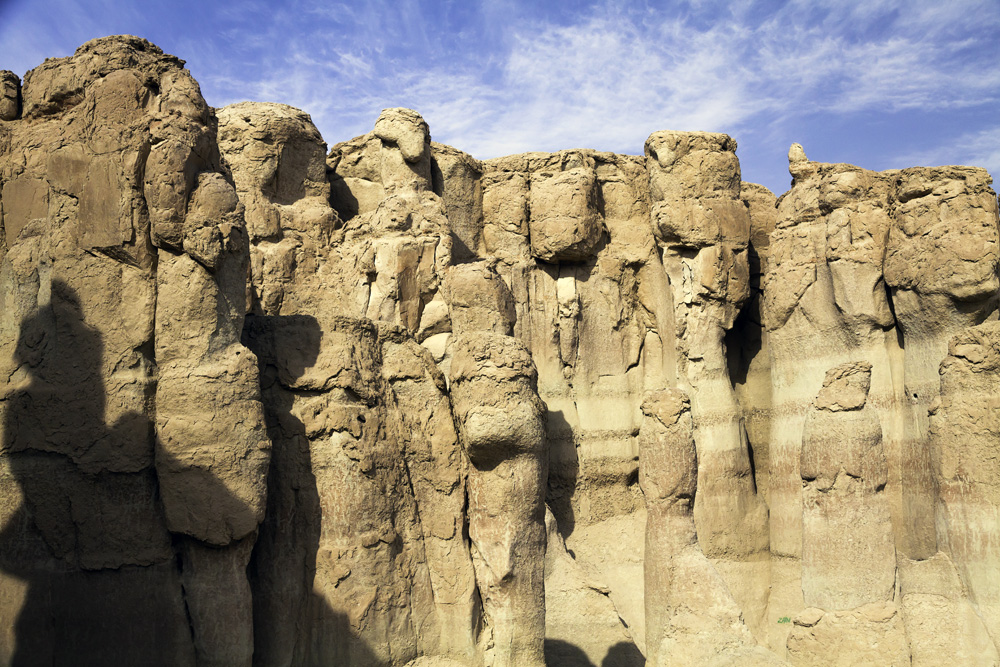
The Yellow Lake in Al Ahsa
1. Yanbu Lakes in Yanbu
Although not really a natural lake, Yanbu Lakes is still worth visiting as it is one of the greenest spots in the area, a major Red Sea port in the Medina Province of western Saudi Arabia. This beautifully landscaped body of water is well maintained and surrounded by lush greenery, making it suitable for time spent with friends or having fun with the family. With its calm setting, green spaces, jogging areas, play area for kids, and range of other offerings, Yanbu Lakes is the perfect spot for lounging around on the weekend, having a good time with friends, and watching the sun set.

2. The Lonely Castle
According to Atlas Obscura, this remote tomb, known in Arabic as Qasr al-Farid, is carved right into a massive boulder. A stunning ancient structure that rivals the majesty of any carved architecture in the world, the Lonely Castle was created around the 1st century CE. However, its “castle” moniker is misleading; with its tall facade that was never actually finished and as it was intended to be a tomb rather than a castle, this structure was built as part of the ancient Nabatean site of Hegra.

3. The Yellow Lake in Al Ahsa
Located to the east of the city of Omran in Al-Ahsa, Saudi Arabia’s Yellow Lake is surrounded by sand dunes and set in a stunning location. You can find various desert plants growing around the lake, particularly ferns, and if you’re lucky, you can also catch a glimpse of migratory birds – such as ducks, geese, and sparrows – that pass by twice a year from cold places such as Canada, Russia, and Iran. To reach the lake is somewhat of an adventure. Located in a somewhat difficult to reach area, you will need to have, and be very handy with, a four-wheel-drive vehicle.

4. Al-Qara Mountain of Al-Hofuf
With its famous lime caves, Al-Qara Mountain is stunning and provides the illusion of a castle set deep in the rocks. The area was once an island where centuries of wind and waves have shaped the winding pathways, towering boulders, and hidden caves. The caves, which include 28 tall linear passageways totaling 1.5 kilometers in length, have long been a site of commerce.


















